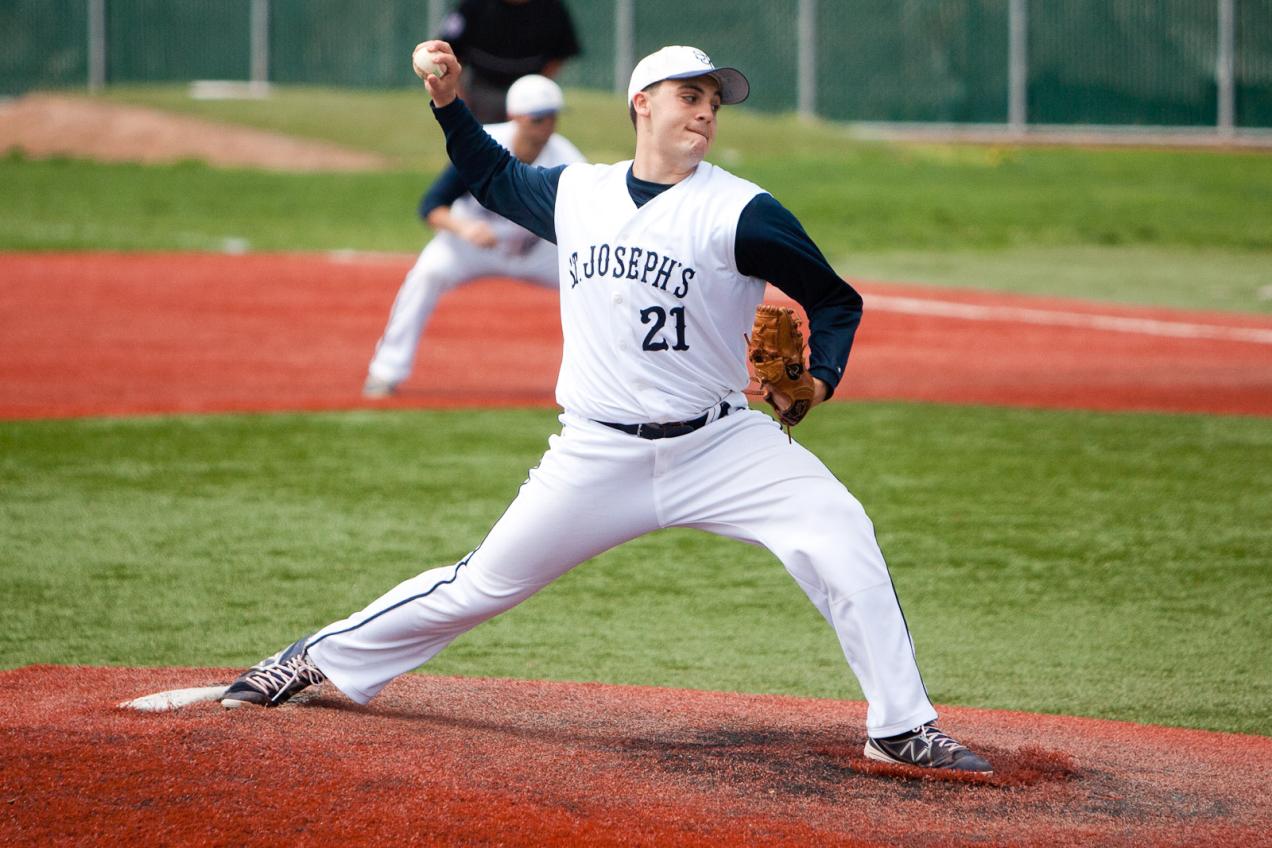In the previous two posts, (here and here) I discussed what I’ve learned by going through the FASTER Global coursework. (If you’re a fitness professional who wants to truly become an expert at movement, then you need to do this course. This has been the most comprehensive movement education I’ve had in nearly 20 years of working in the fitness field.)
I believe I’ve made the case for why we should train with tri-plane movement. Further I believe that I’ve illustrated why traditional gym exercises like squats and deadlifts may not be the best way to develop all-around movement skills or strength. (For the record, I’m not saying traditional squats and deadlifts are bad. I use them in my own workouts and with my clients. To be clear, I believe that there are infinite variations that can and should be used to condition people in the most comprehensive way.)
In the previous post I showed a bunch of lunge and squat variations. Here are some more lunge variations this time with arm reaches.
Lunging and reaching
While lunging, we can drive motion from the upper body by reaching up, down, across, overhead, etc. We can reach with one or both arms. The way in which the trainee steps drives motion from the upper body up through the rest of the body. As he or she reaches, motion is driven down through the body toward the ground. The reaching affects balance and creates a wide range of slightly different body positions which look a lot like any number of athletic activities, for example, look at the baseball pitcher and basketball players.

Saggital plane anterior lunge with same-side posterior arm reach… Or something like that. Lots of stuff happening.
Resistance can be added to these in numerous ways: weight vest, dumbbell(s), sandbags, kettlebells, etc. Cables or tubing positioned at any number of angles can speed up or slow down the lunge.
Remember though, if someone can’t control these exercises then he or she should be regressed to something that is controllable, safe and manageable.
Here are a few examples of lunges combined with reaches in various directions. I’ve shown an anterior lunge and a lateral lunge but we could add any of these reaches to any type of lunge. The combinations are nearly infinite.
Next we can progress to jumps and hops, all done in any number of directions, all with feet and arms in any number of positions. I’ll show some of those in the next post.

